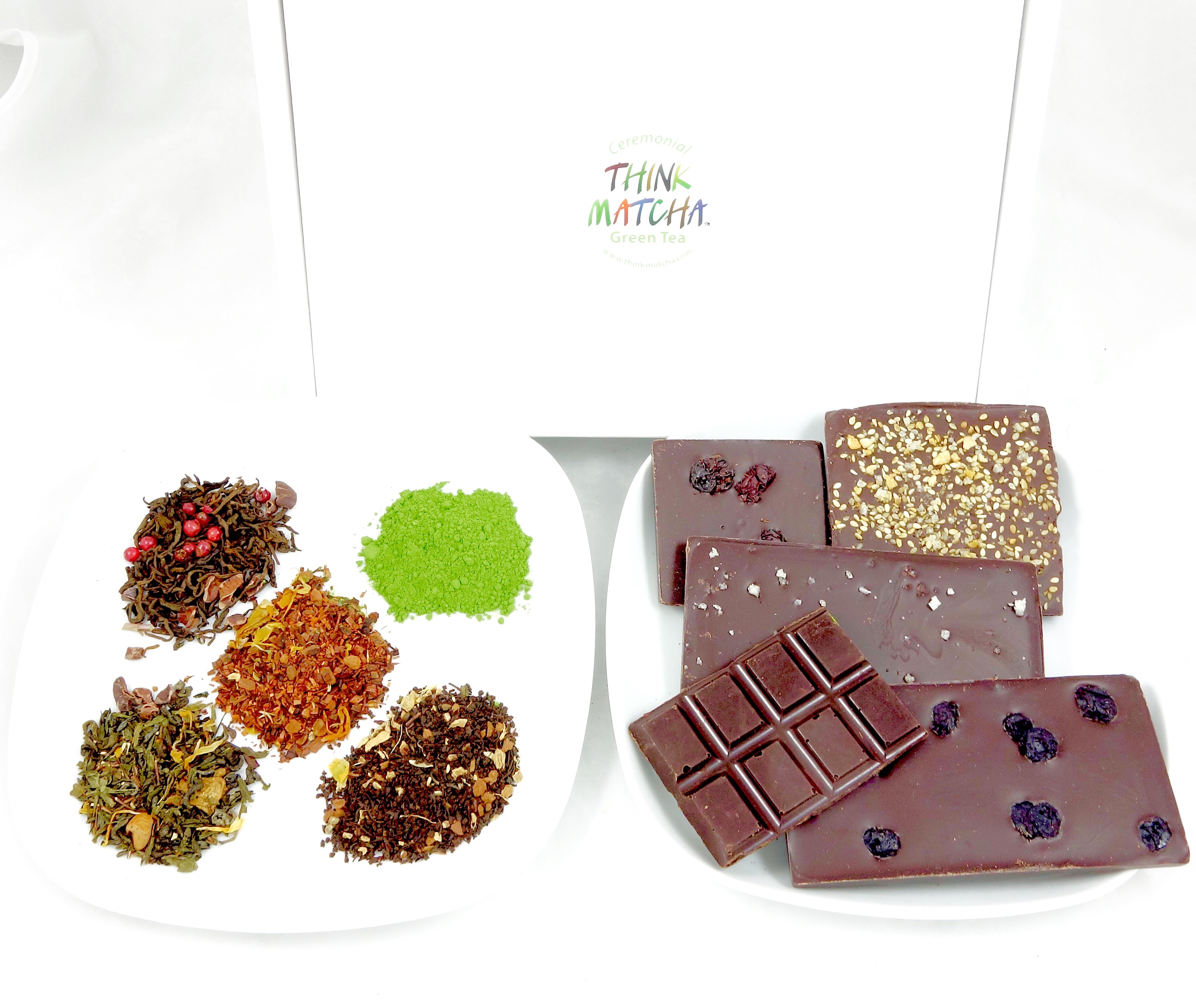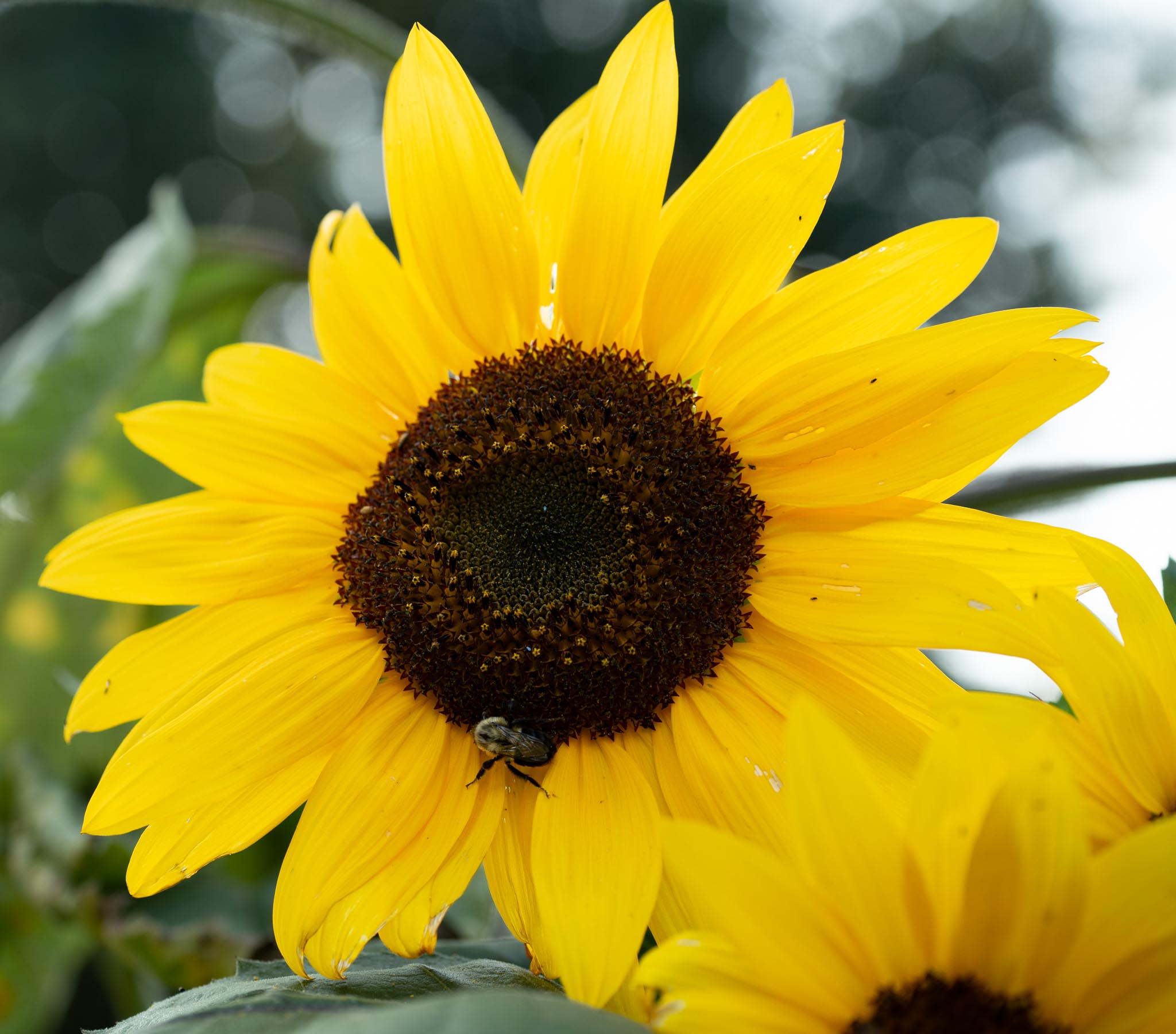Unraveling the Mysteries of Matcha: The Physical and Chemical Properties, Tea Cultivation, and Industrial Processing
Welcome tea enthusiasts and connoisseurs! Today, we embark on a journey to explore the captivating world of matcha, a vibrant green tea powder renowned for its distinctive taste, rich history, and numerous health benefits. In this blog post, we delve into the physico-chemical properties of matcha, as well as the specific requirements for tea cultivation and the intricate industrial processing methods that produce this treasured tea.
Understanding the Physico-Chemical Properties of Matcha:
Matcha, which translates to “powdered tea,” has been celebrated for centuries as an integral part of traditional Japanese tea ceremonies. Its striking green hue and unique flavor stem from the intricate growing and processing techniques employed.
- Shade-Grown Delicacy: The journey to producing exceptional matcha begins with the cultivation of shade-grown tea leaves. To create the vivid green color and enhance the tea’s distinct umami flavor, the tea plants are covered with shade cloth for several weeks before harvest. This practice not only boosts chlorophyll levels but also increases the amino acid content, particularly L-Theanine, responsible for matcha’s calming and focused energy.
- Selective Harvesting: Careful hand-picking of the tender, young leaves is a crucial step in matcha production. Only the finest and youngest leaves from the top of the tea bushes are selected, ensuring a delicate, smooth, and refined taste.
- Steaming and Drying: Once harvested, the leaves undergo a quick steaming process to prevent oxidation, preserving their vibrant green color. Following this, the leaves are dried and sorted to remove stems and veins, resulting in Tencha, the precursor to matcha.
- Stone Grinding: The distinguishing feature of matcha lies in its ultra-fine, talc-like texture, achieved through the age-old practice of stone grinding. Traditionally, large granite wheels are used to slowly grind the Tencha leaves into a fine powder. This meticulous process can take several hours to produce just a few grams of matcha.
Specific Requirements for Tea Cultivation:
Matcha cultivation demands precision and attention to detail to ensure the highest quality yields. The following are the specific requirements necessary for cultivating tea plants for matcha production:
- Climate and Altitude: Matcha thrives in regions with a temperate climate and well-defined seasons. Ideal tea-growing areas often have a combination of sunlight and mist, providing the perfect environment for shade-grown cultivation. Altitude also plays a crucial role, with higher elevations offering cooler temperatures that slow leaf growth and concentrate flavor.
- Soil Quality: Well-draining, nutrient-rich soil is vital for tea plants to thrive. The soil’s composition influences the tea’s flavor and chemical composition, making soil management a key consideration for tea growers.
- Cultivation Techniques: The art of tea cultivation involves meticulous pruning, regular weeding, and integrated pest management to maintain healthy tea bushes free from harmful chemicals.
Intricate Industrial Processing Methods:
The journey from tea leaves to the vibrant matcha powder we cherish involves a series of intricate industrial processes:
- Steaming and Drying: As mentioned earlier, the harvested leaves undergo a brief steaming process to prevent oxidation, followed by meticulous drying to maintain their vibrant green color.
- Removal of Stems and Veins: The dried leaves are carefully sorted, and stems and veins are removed, leaving only the tender, nutrient-rich leaf parts.
- Stone Grinding: One of the most labor-intensive steps, stone grinding involves using granite wheels to grind the dried leaves into an ultra-fine powder, preserving the integrity of the tea’s components.
- Packaging and Storage: To maintain matcha’s freshness and prevent oxidation, the powder is packaged in airtight containers and stored away from light and heat.
In Conclusion:
Matcha stands as an exceptional testament to the fusion of art, science, and tradition in the world of tea. Its physico-chemical properties, cultivated through precise farming and masterful industrial processing, produce a beverage that not only delights the senses but also nurtures the body and mind.
As you embark on your matcha journey, let its vibrant green color and unparalleled taste transport you to the rich heritage and meticulous craftsmanship of Japan’s tea culture. So, whether you savor matcha in a traditional ceremony or incorporate it into modern culinary delights, the allure of this emerald elixir is sure to leave a lasting impression.
Indulge in the enchantment of matcha and elevate your tea experience to new heights! Happy sipping!




